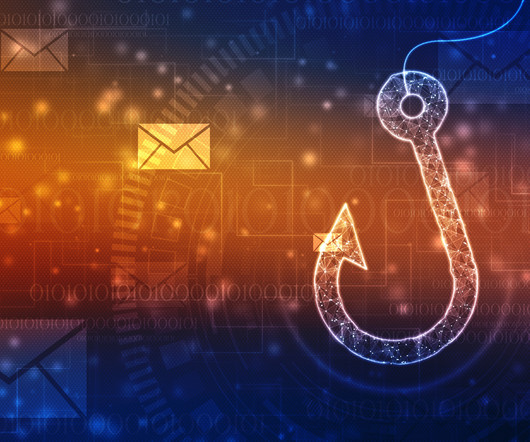Malvertising Is a Cybercrime Heavyweight, Not an Underdog
SecureWorld News
MARCH 29, 2024
A DNS firewall and a classic antivirus are somewhat underused yet effective security tools that will come in handy. A mix of social engineering, hacking, and abuse of legitimate services makes this style of online crime incredibly effective. The silver lining is that such scams are fairly easy to avoid.













Let's personalize your content